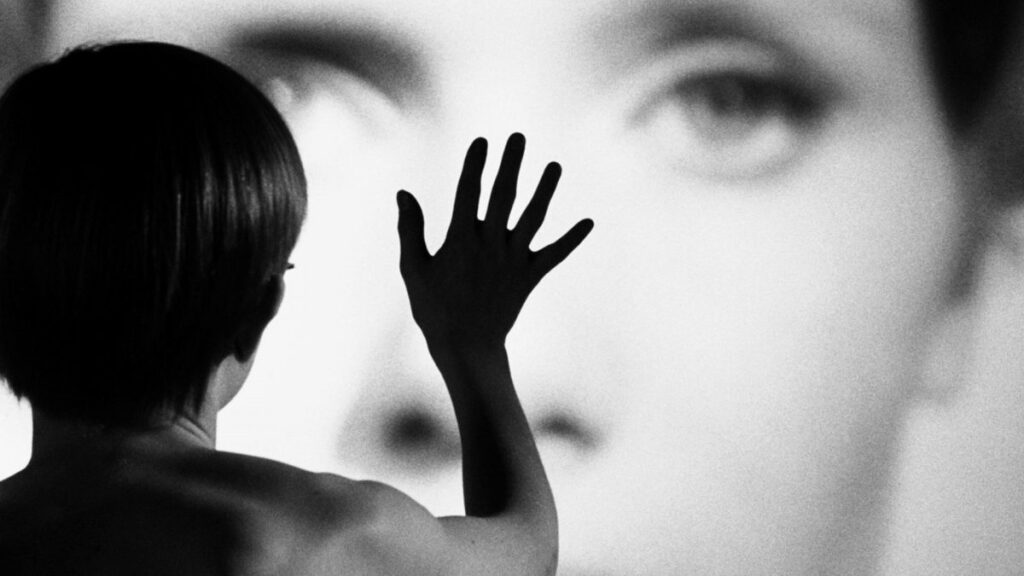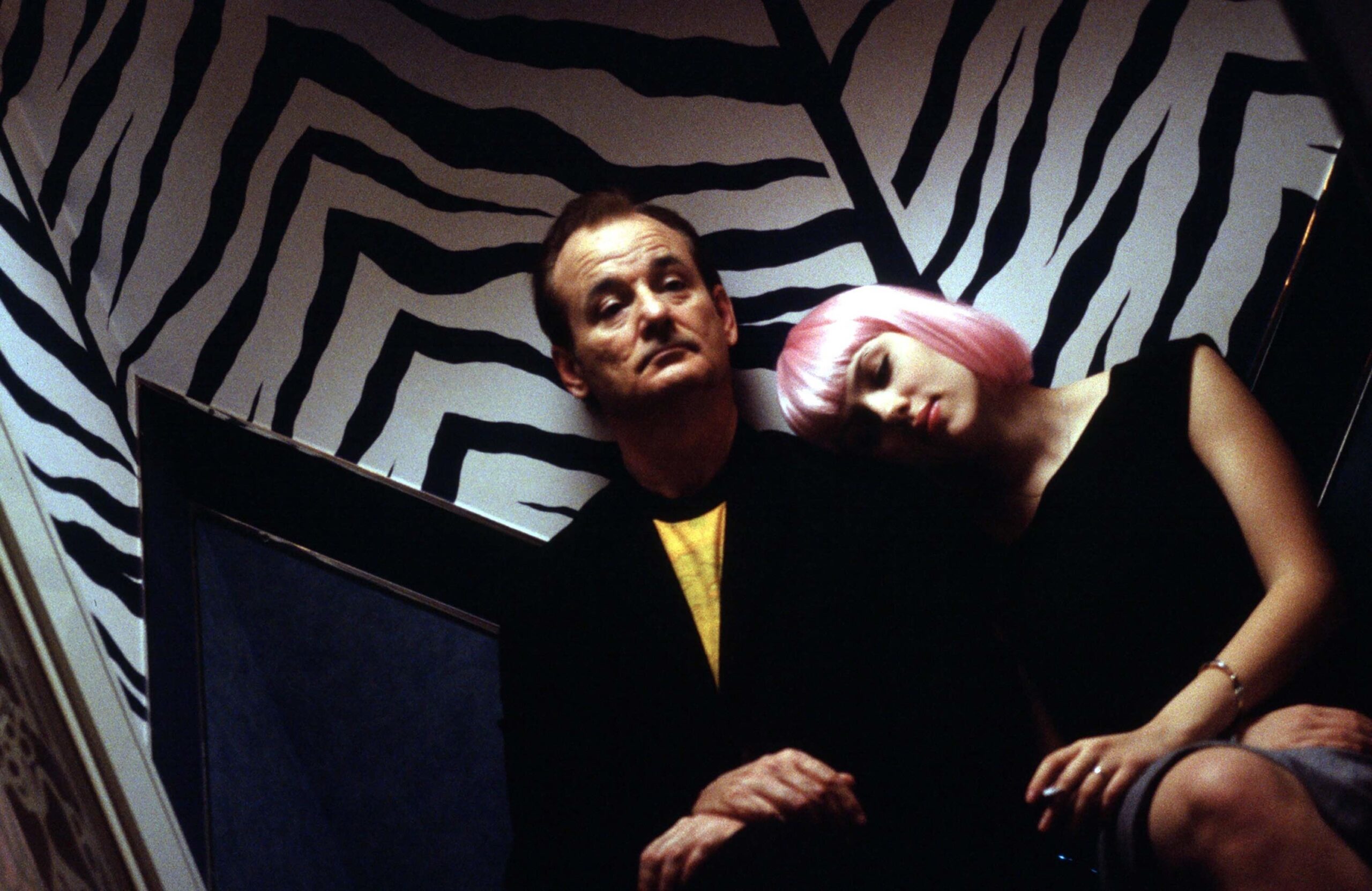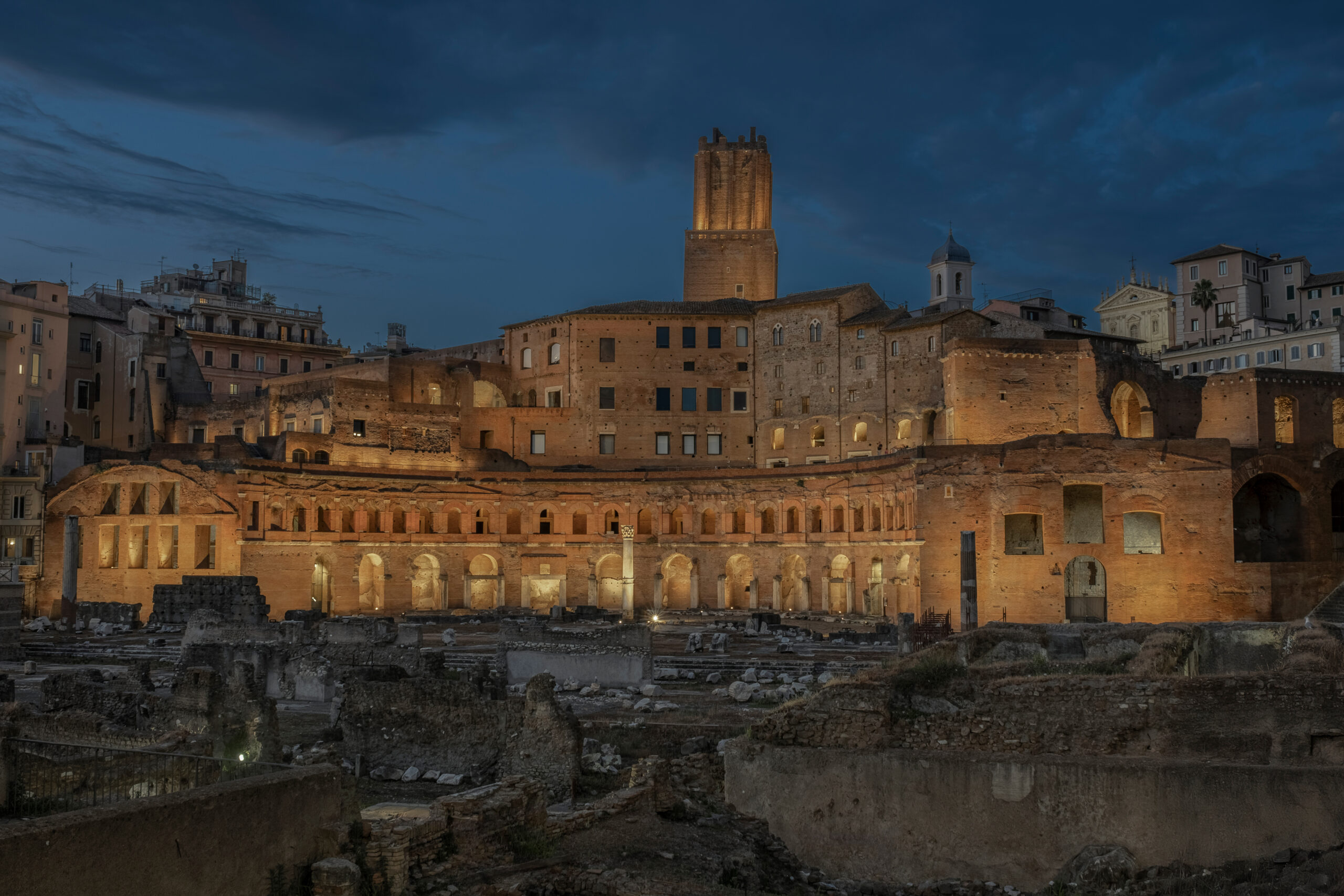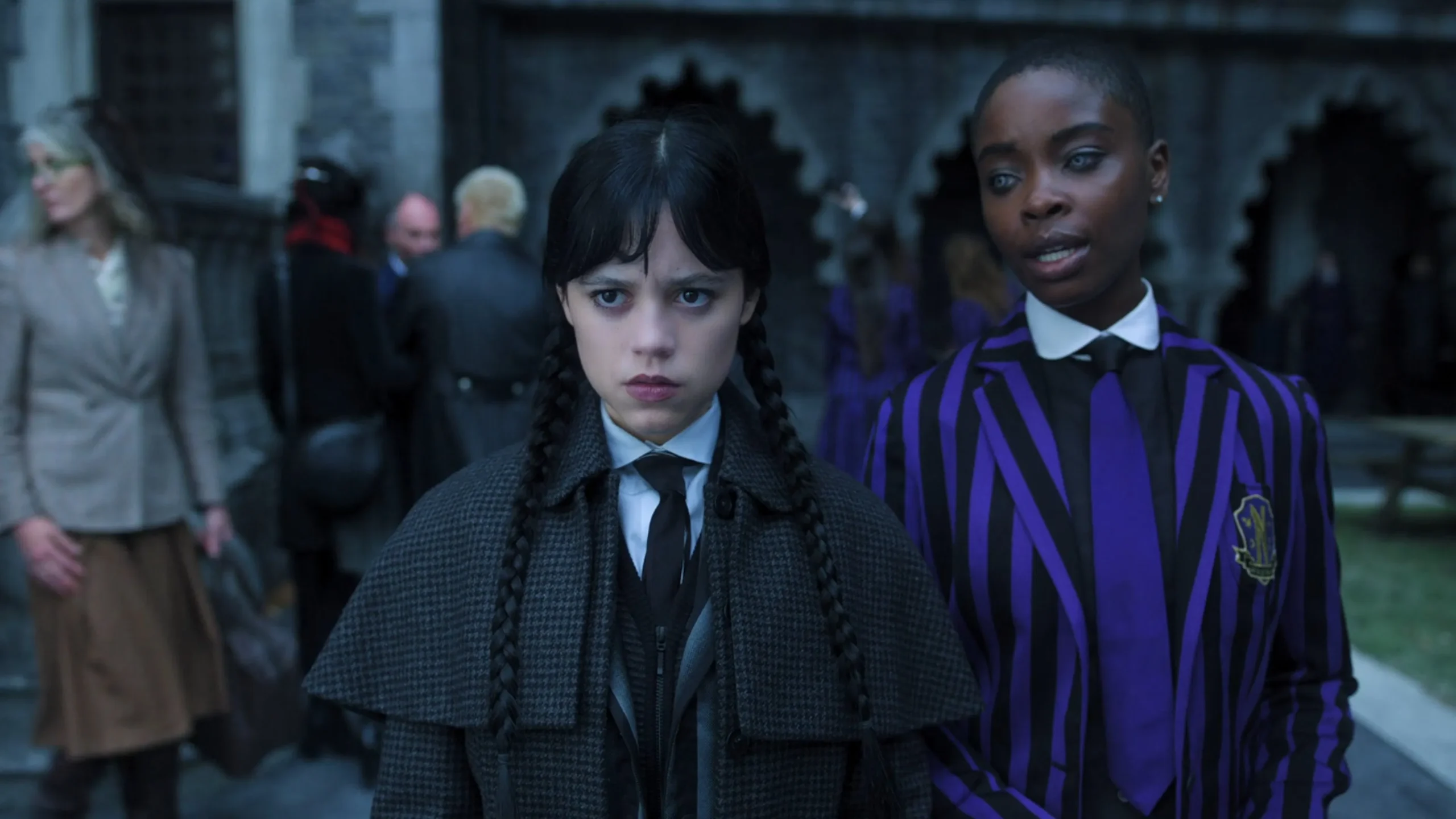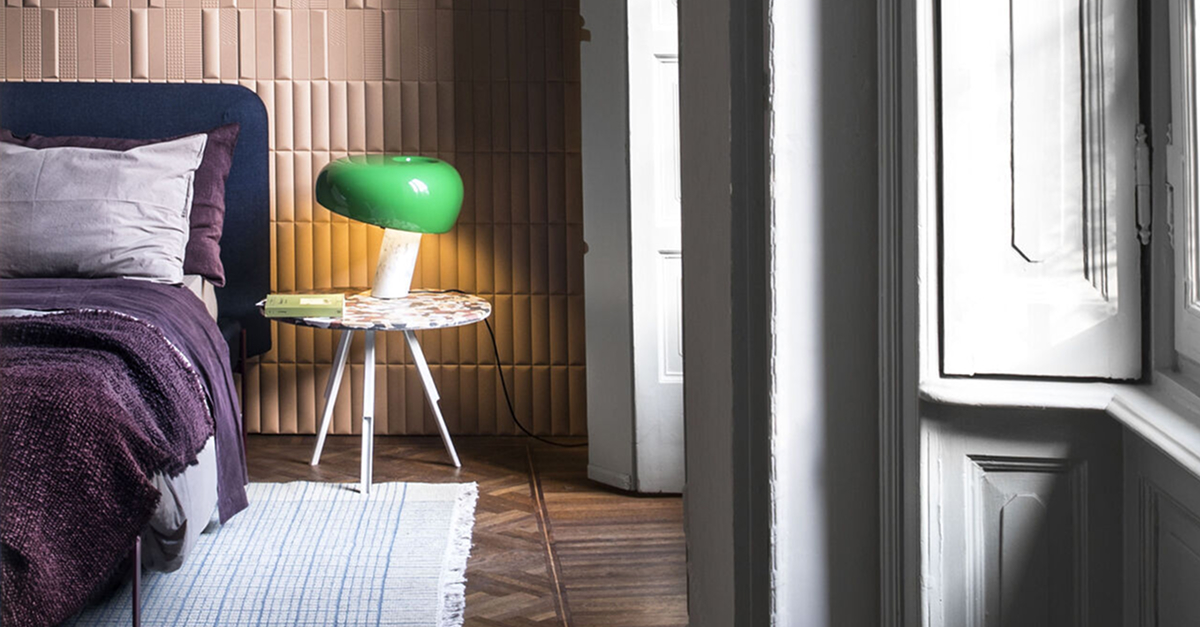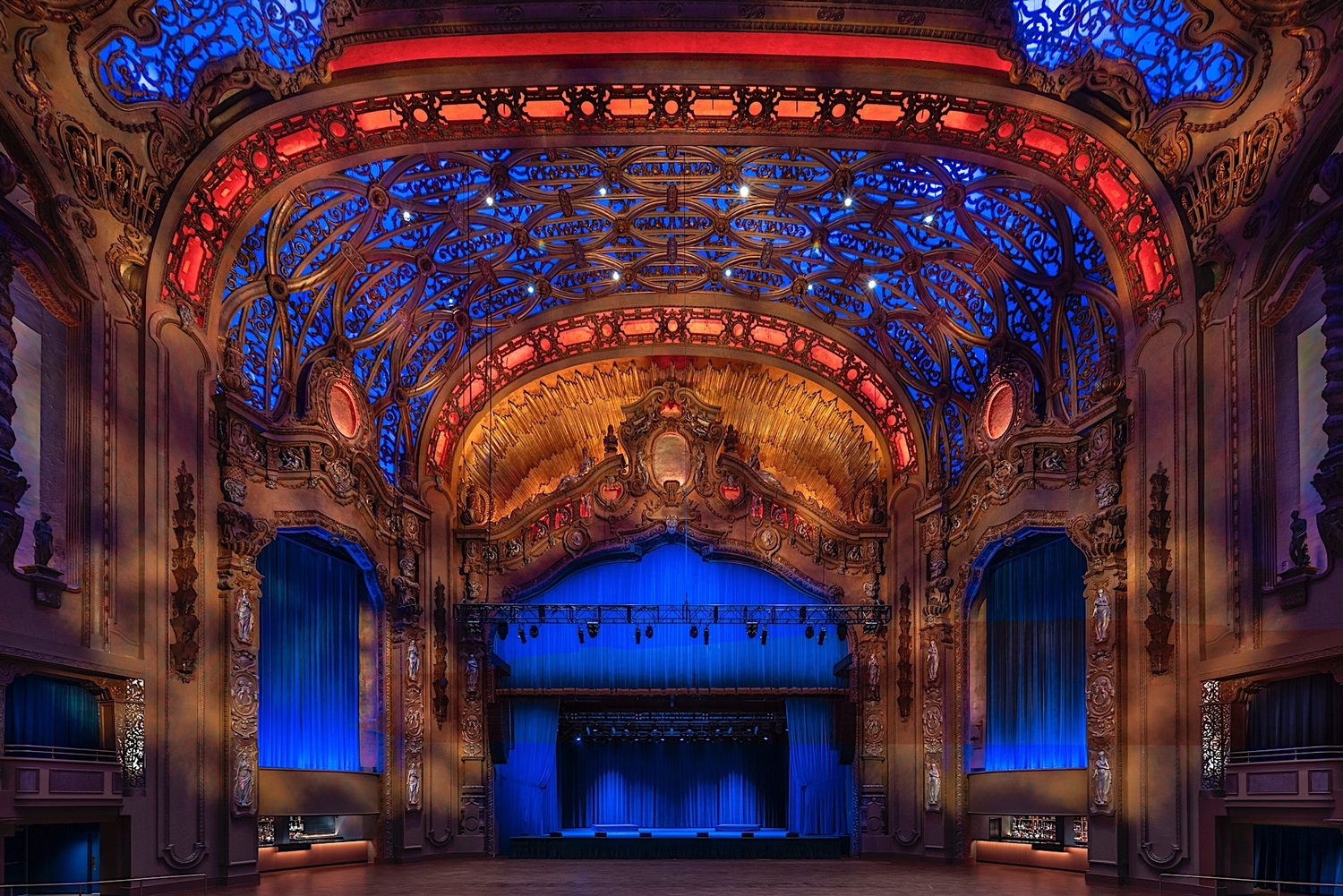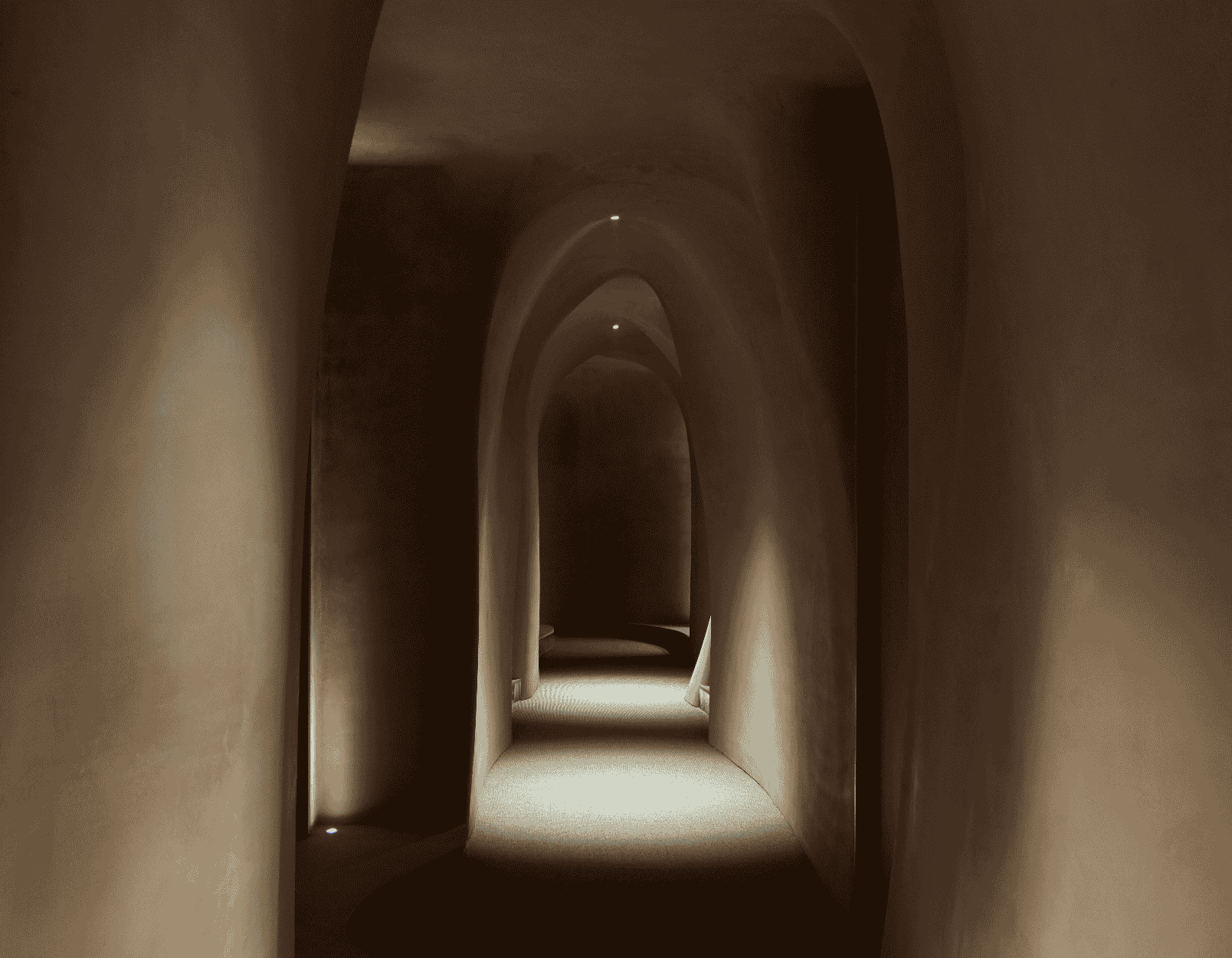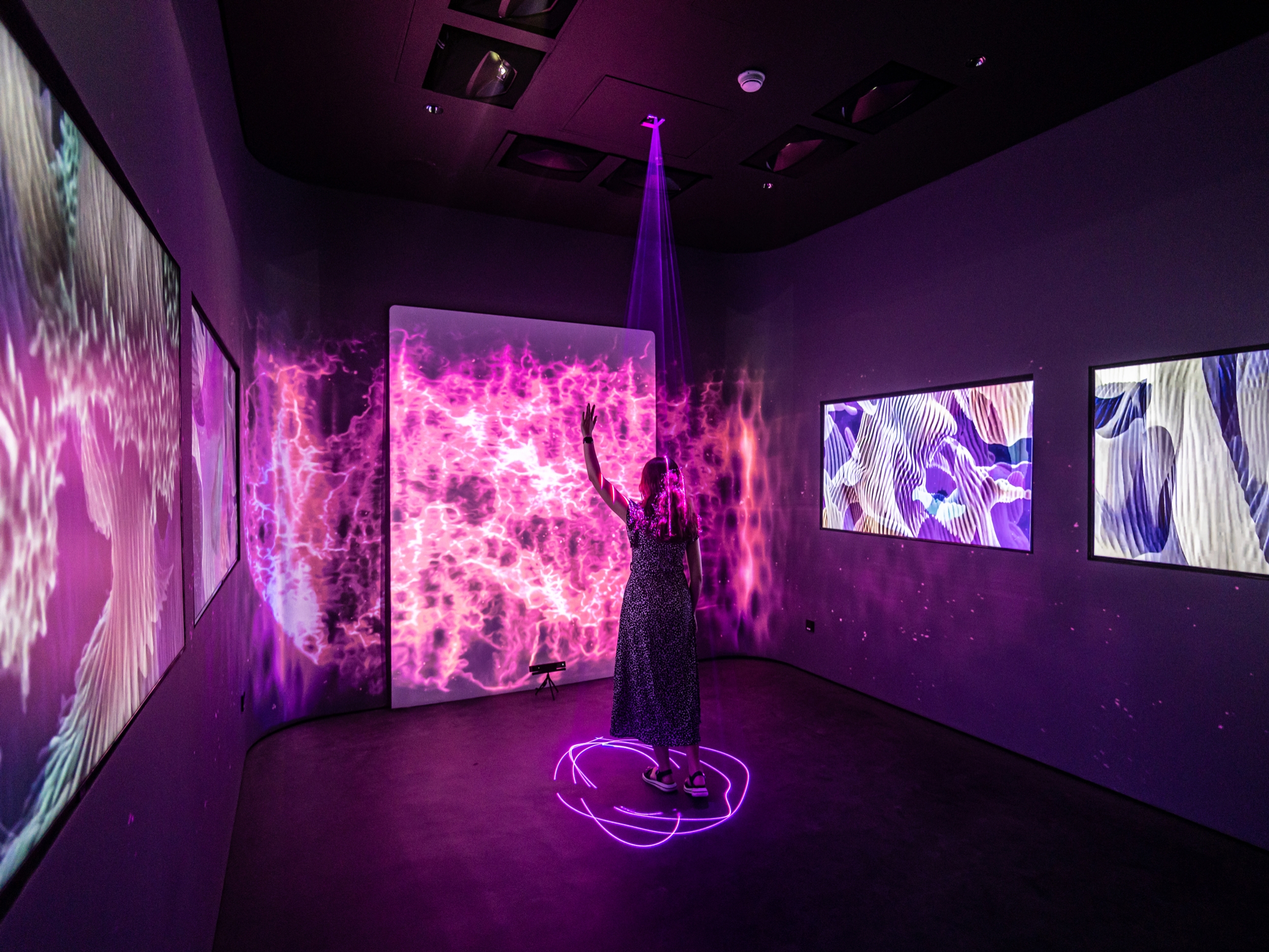Classic cinema refers to a period in film history, spanning from the late 1920s to the early 1960s, that defined essential elements of cinematic language. This era, particularly in Hollywood, is considered the golden age of film history. It embedded iconic faces, stories, and situations into Western culture, significantly shaping the collective imagination.
A key milestone marking the transition from early cinema to classic cinema is the introduction of the close-up, the first step in facial representation on screen. This use of close-ups transformed the concept of cinema itself. In the early days of cinema, close-up shots of faces were used to evoke fear or astonishment.
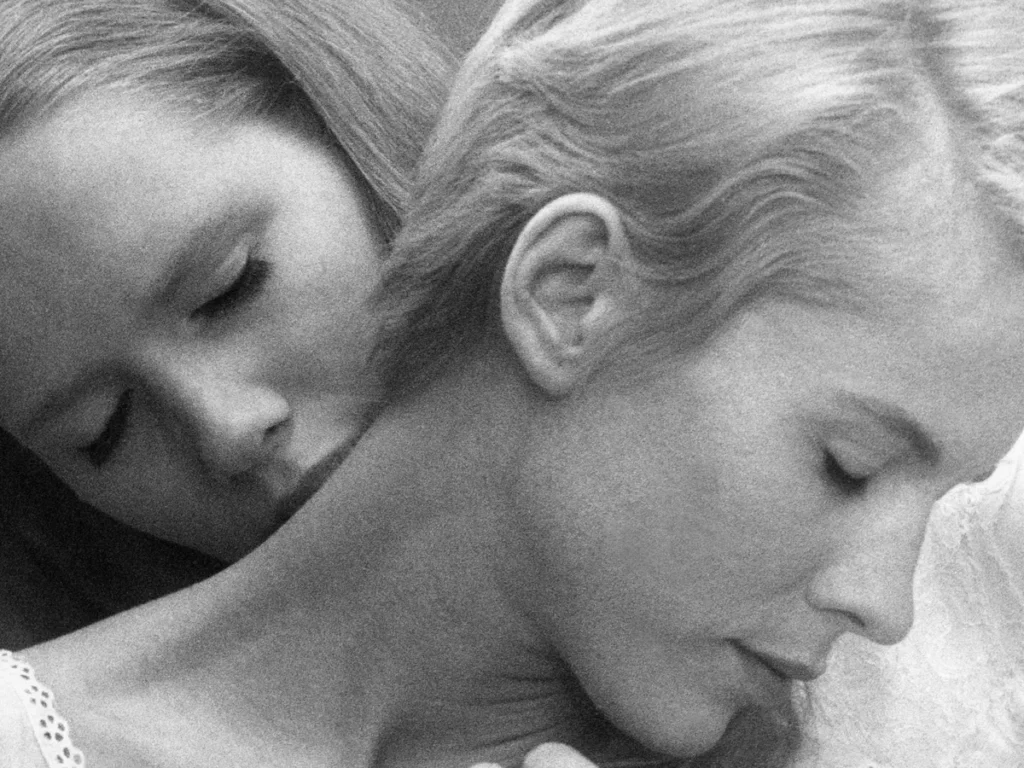
Over time, filmmakers gradually introduced fragmented shots of the body, as these initially felt unnatural. Seeing a large face felt disproportionate and oversized. Only by identifying a character with their face did the gradual introduction of the close-up become possible.
Face and Close-Up: A Psychological Proximity in Classic Cinema
The close-up achieves psychological proximity to the image. The face is a rich and essential surface, which serves as a paradoxical space. It is our primary form of non-verbal communication offered to others, yet it is inaccessible to ourselves without the aid of an image.
By giving access to the face, cinema allows access to thoughts, psychological dynamics, dreams, and memories through imagery. Before the advent of narrative cinema, epitomized by classic cinema, the use of the face and close-up shots was virtually nonexistent. The introduction of grand stories neutralized excessive and unnatural elements of early cinema close-ups.
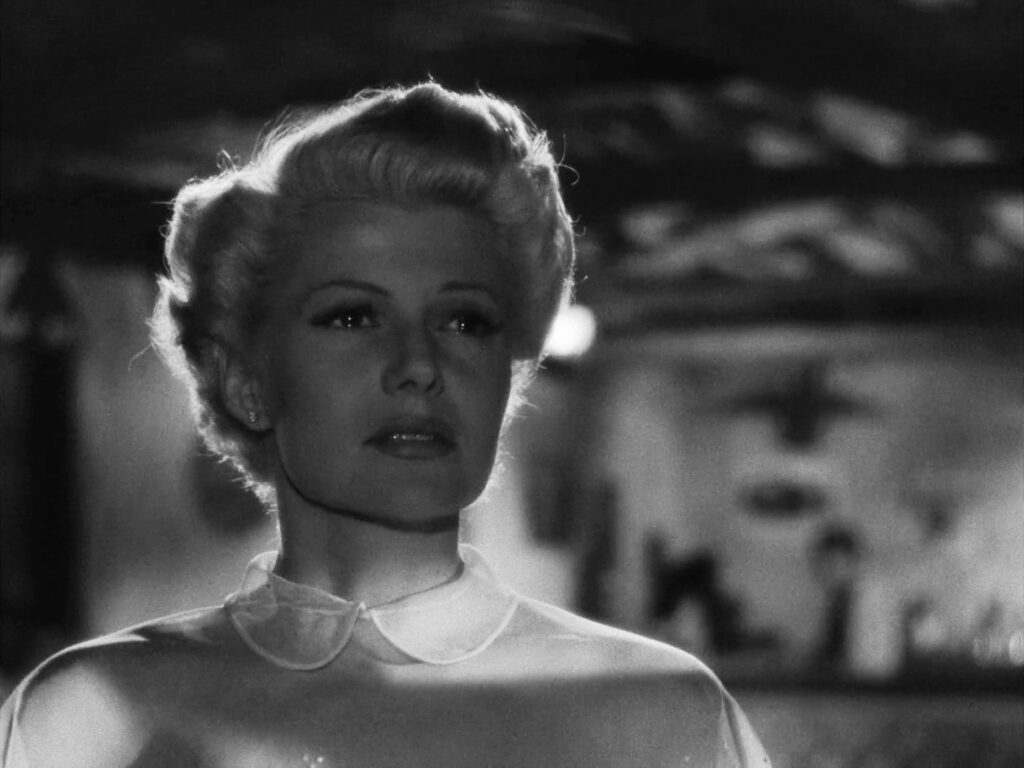
Lighting in Classic Hollywood Cinema
Classic Hollywood cinema heavily influenced the moral characteristics conveyed through facial expressions. The use of close-ups in cinema was linked to a non-naturalistic approach to lighting. During this period, lighting was employed to sculpt faces, creating a specific atmosphere that enhanced the artistry of the film.
‘The Lady from Shanghai’ by Orson Welles
In Orson Welles’ “The Lady from Shanghai,” Rita Hayworth’s close-up epitomizes the seductive power often attributed to faces in Hollywood cinema. In one scene, she escapes from violence being saved by a male character who takes her to his boat, docked in New York Bay. Here she is portrayed as a mermaid: as he remains shrouded in shadows with his face hidden, she is bathed in an almost heavenly light, defying any sense of realism.
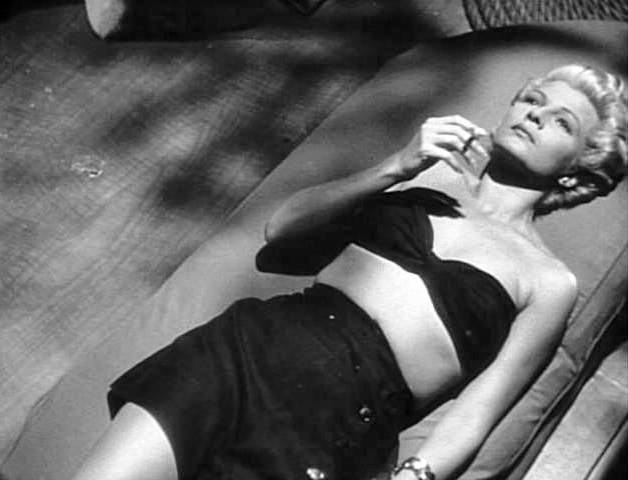
‘Casablanca’ by Michael Curtiz
Another example is Michael Curtiz’s Casablanca (1942), where Ingrid Bergman’s face is graced with a halo-effect light. The protagonists are two European refugees. Despite having survived numerous near-death experiences, Humphrey Bogart’s character has a face that shows no signs of his turbulent past. The use of light to construct faces in classic Hollywood cinema highlights the identifying function of close-ups, which go hand in hand with their revealing function, showcasing emotions.
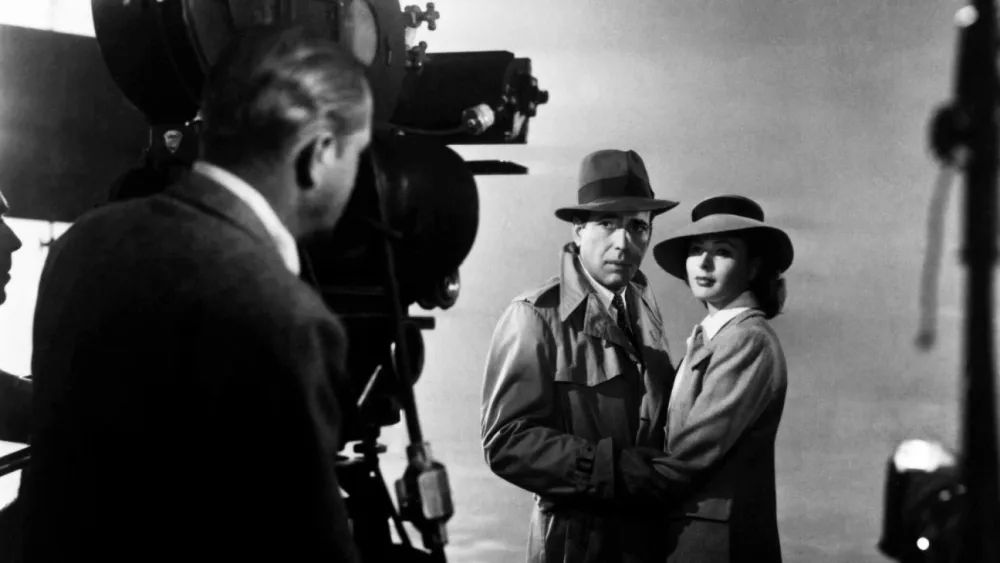
‘Persona’ by Ingmar Bergman
A few years later, in the prologue of Persona (1966), Ingmar Bergman reflects on the portrayal of the human face in cinema. In the iconic opening scene, a projection makes visible a close-up of a female face, one of the two protagonists facing an identity crisis. By showing us the projector and film as a beam of light, Bergman reminds us that we are watching a movie, not to be confused with reality.
